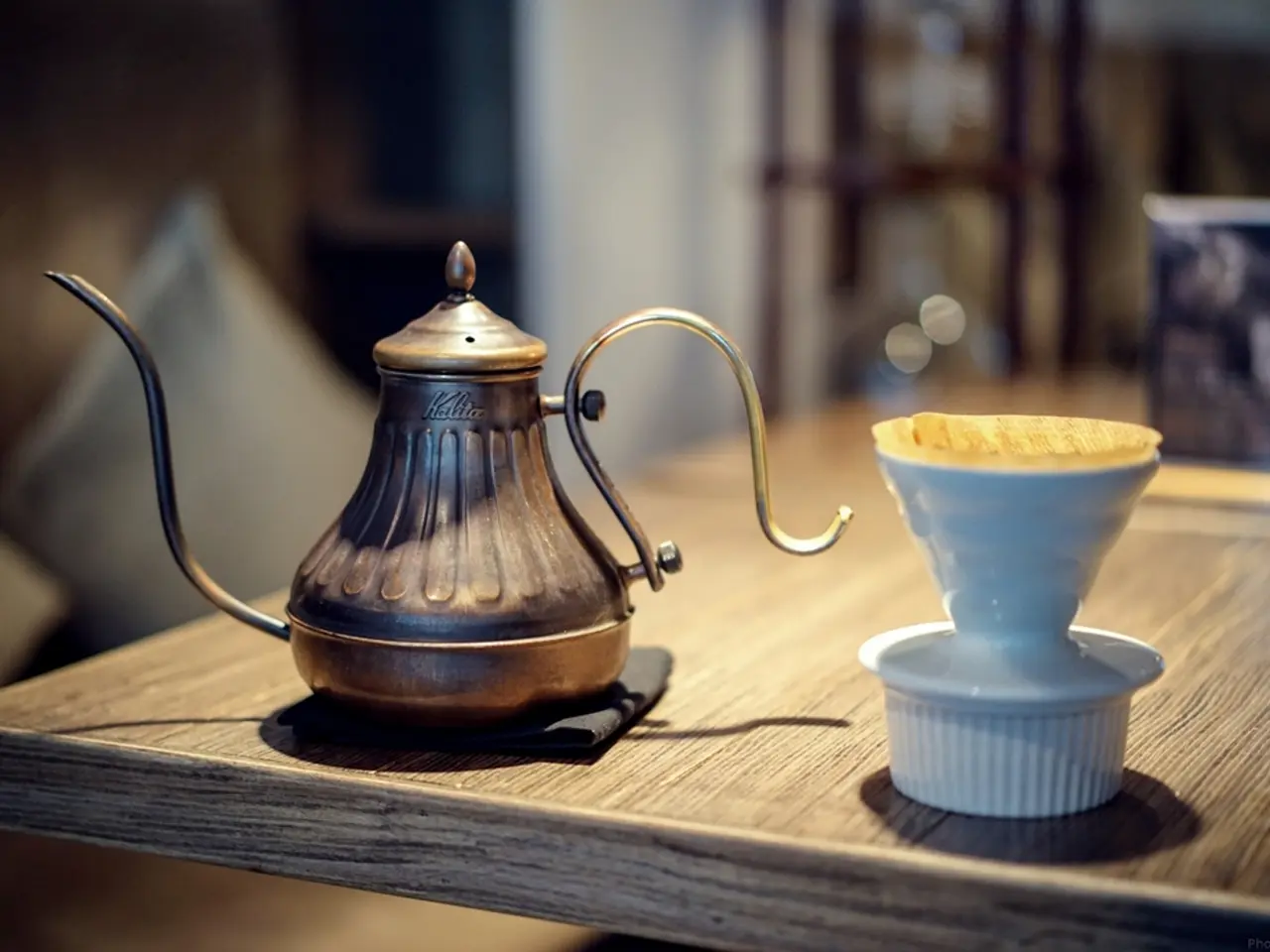Collectors are showing great enthusiasm for the unusual lettuce-themed china dishes
In the late 19th century, a unique and whimsical ceramic art form emerged from Portugal, thanks to the vision of artist Rafael Bordallo Pinheiro. His cabbageware, featuring tableware shaped and painted to resemble textured cabbage and lettuce leaves, quickly gained popularity and has since become a cherished cultural icon[1][5].
Bordallo Pinheiro's designs are known for their humor, color, and craftsmanship. The original ware, hand-painted earthenware glazed in Majolica pottery colors, is produced in Caldas da Rainha, Portugal, since the 1880s[2]. Over time, these pieces evolved from a quirky niche collectible into a symbol of European ceramic heritage, appreciated by collectors, decorators, and museums for their enduring legacy[1].
As the 20th century progressed, the cabbageware became a sought-after choice for distinctive table settings worldwide[2]. Active production continues in Portugal, maintaining the line’s authenticity and demand in both new and vintage markets. Collectors prize Bordallo Pinheiro cabbageware not only for its visual charm but also for its deep historical roots[1][4].
The exaggerated forms and bold glazes of lettuce ware are often used to anchor curated displays across open shelving, hutches, and gallery walls. They are prized for their ability to add a touch of whimsy and charm to any space, making them a popular choice for themed table settings and decorative arrangements, especially during spring retail cycles[3].
Retailers like Williams-Sonoma also offer select lettuce ware pieces, sometimes as part of seasonal or limited-edition collections. However, vintage pieces can fetch prices ranging from $200 to $600, depending on rarity and condition[4]. For those seeking vintage or discontinued lettuce ware, resale platforms like Replacements and 1stDibs can be a good source, with prices reflecting rarity, condition, and market trends[6].
To spot real vs. replica lettuce-shaped china, collectors often look for a backmark naming the brand and Portugal. Handling lettuce ware requires care, such as handwashing with mild soap and lukewarm water to preserve the glossy glaze. It's also important to avoid exposing it to temperature shock, as sudden exposure to heat or cold can trigger fine cracks or crazing[7].
Museums now recognize Bordallo Pinheiro's lettuce ware as part of Europe's ceramic heritage, reinforcing its value beyond aesthetics. In contemporary interior design, lettuce ware is now commonly treated as functional art, complementing maximalist spaces[8]. To safeguard the appearance of lettuce ware, it should be kept out of direct sunlight, as this can fade the color[7].
In conclusion, Bordallo Pinheiro's lettuce-shaped china stands as a testament to artistic innovation, national cultural symbolism, and sustained popularity across generations. Its unique blend of charm, history, and value makes it a notable and valuable piece of European decorative arts[1][2][4].
All these make lettuce ware more than just decorative items, they are pieces of European ceramic heritage that have maintained their popularity and value over generations. They grace kitchens, breathtakingly anchoring curated dishes on open shelving and gallery walls alike. Their enduring legacy extends to contemporary interior design, where they are considered functional art, perfect for adding a touch of whimsy and charm to any space, especially during spring seasons.
Whether you're after vintage or new pieces, you can find them in stores such as Williams-Sonoma, or via resale platforms like Replacements and 1stDibs. But beware, while some pieces might be part of seasonal or limited-edition collections, others can fetch prices ranging from $200 to $600 based on rarity and condition.
To ensure longevity, handle lettuce ware with care, and store it away from direct sunlight to preserve its vibrant colors and glossy glaze. With proper care, these quirky artifacts can become valued additions to your home-and-garden, reflecting your appreciation for a unique blend of art, food, and lifestyle.




